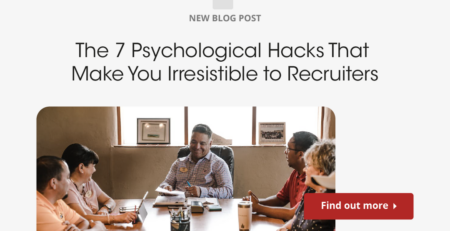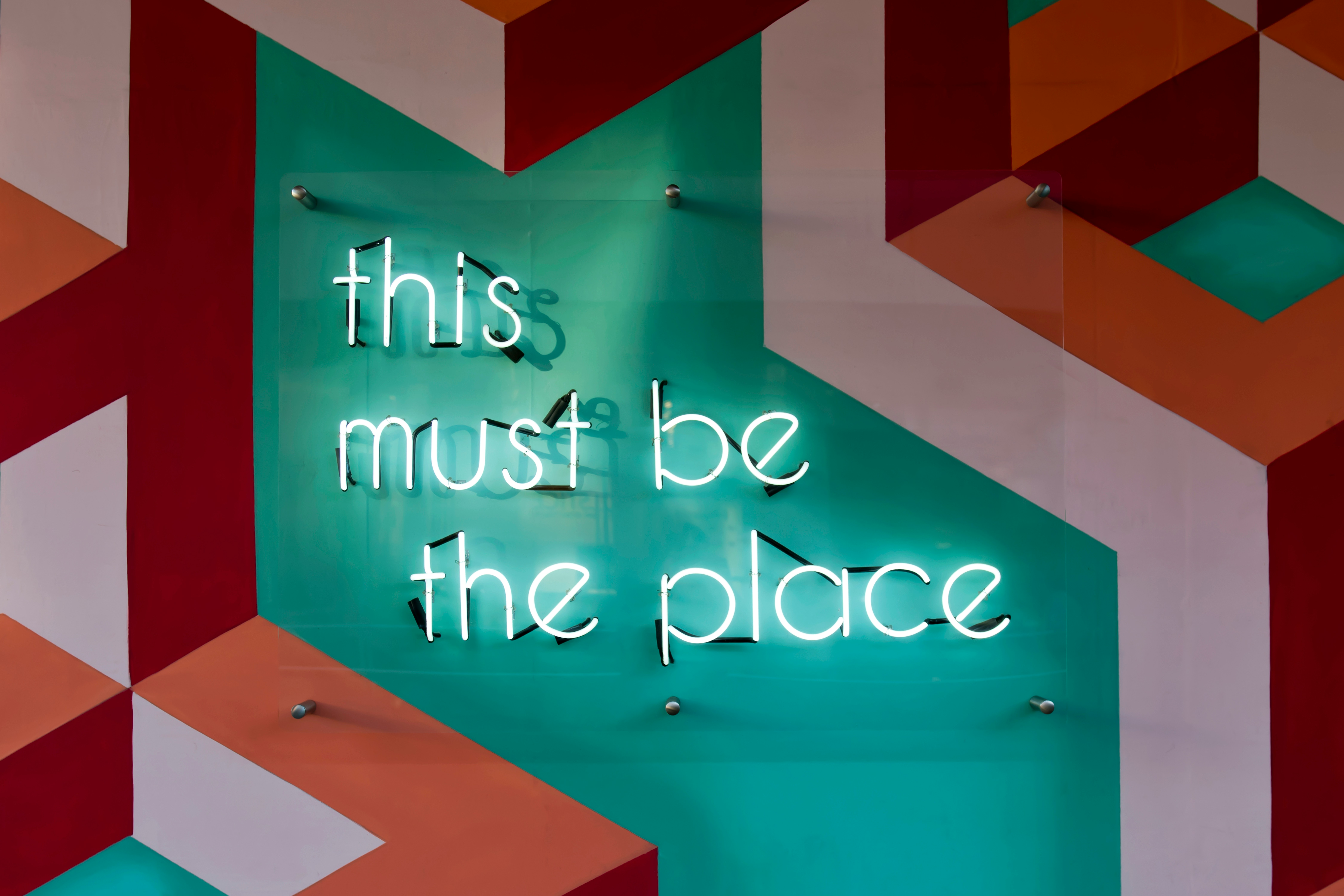Tips for Building a Design-Driven Organization
Building good products is no longer enough. To stand out against the competition, companies have to present experiences that entice users and solve their problems. Attempting to accomplish this without design thinking is like trying to play darts blindfolded.
Design thinking centers the user from the earliest stages of a project. Through repeated user testing and research, real customers are brought into the design process. The art department or creative team isn’t the only place where this frame of problem-solving can be employed.
Organizations that put great store in design allow for more innovation and better information. If you want to build a more successful business and reach a wider customer base with more appeal, use some of the tips in this design thinking guide.
What Is Design Thinking?
Put simply, design thinking adds a beginning stage of user research and input to identify problems and then come up with creative ways to address those problems. Most importantly, design thinking seeks to align these solutions with business goals.
There are 5 stages in the design thinking process:
- Empathize
You must empathize with the users. This means understanding their problems and giving full validity to their needs and desires. If you want to create a solution for users, you have to do some basic research into their habits and find out what their pain points are.
Designers are naturally in need of more direct information. But other members can support this crucial stage by reviewing the results of this empathetic research and information gathering. Without it, you run the risk of having management that’s completely divorced from the realities of the customer base.
- Define the Problem
Once you have a clear picture of the users and have a good idea of their lives, you need a problem statement. This statement must directly frame the particular problem(s) your product will attempt to solve. Whether you’re out to build a better shopping platform, media app, or physical product, setting a definite goal at this stage is critical for keeping everyone together on the right path.
It’s also the perfect time to introduce business goals if they aren’t already well-known. The bottom line is just one aspect – the mission statement of the company is just as important for a strong public message. Start your branding from the outset and your marketing will be built-in to every product.

- Ideate
You might also call this the brainstorming part of design thinking. Coming up with innovative and appealing solutions is the most important part of creating a unique product. It’s common to come back to this stage again later after testing and research have been done with prototypes.
Non-creatives at the company can use this same exploration and ensuing brainstorming to solve problems in their areas of expertise. If meetings are constantly running over on time, consider all the participants as “users” and explore problems before brainstorming solutions.
This works for other aspects of the business as well. If you want to build a better time clock, leads distribution, vacation time, or anything else for internal purposes, you can use design thinking to make employees like it before it’s fully implemented.
- Prototype
Stakeholders like management and higher-ups like the prototype stage because it’s an opportunity to see a real deliverable good from creative teams. This is a critical time for communication between all parties involved, including users who can be brought in to test aspects of the design.
Around the company, putting employees in charge of developing prototypes when internal changes are being made will make them feel more ownership over projects and make them more dedicated.
- Test
Another part of the design thinking process that people return to regularly is the test. You have to test all aspects of the idea, not just the prototype. Make sure your generalizations and pain points are correctly identified.
The hardest part of the testing phase is abandoning all or part of projects that aren’t working. If people simply don’t like the product, you may find yourself going back to the drawing board. For that reason, spending too long on a prototype that winds up being a loser could waste time.
Limit the level of detail on the prototype to avoid this problem. If you’re using design thinking around the company and not for a specific product, you can test it with small “focus groups” or ask for a few key players’ opinions. That way, you don’t have to involve everyone until the idea is polished.
How to Use Design Thinking for Business Organization
Design thinking fundamentally changes old methods of leadership around the office. Rather than having a board of directors or a few managers making decisions for everyone, people can be empowered to identify problems and build unique tailored solutions.
This frees up management to do other things, like bolster relationships with clients or build sweeping new outreach programs. Everyday problems at the office can be solved without a strict top-down hierarchy. Management need only approve what’s happening during the testing stages.
There’s no shortage of ways this approach can be applied in a given company. Internal programs can be built with it or you can review existing policies with its principles. It involves people, which will result in a much more open, communicative workplace and a much more positive workplace culture.
Becoming a Design-Driven Company
Design should be involved throughout the business organization for a company to be truly design-driven. It’s not enough to put importance on the work of creative design teams, although that is important too.
Think about the first stage of design thinking we defined above. If you have empathy for the users, in this case your employees, then it should be readily apparent that they don’t want to work in a place that’s filled with top-down edicts and opaque decision-making processes. They want the flexibility to explore and put their various skills to good use.
From a bottom-line perspective, making these changes will boost your retention rate for free. You might even find that you didn’t need as many managers as you thought. When employees are free to work together and involve people in their problem-solving, then more people will have a full vision of how the company works from end to end. You can’t ask for anything better than that.
Another benefit to the business is the more creative solutions that evolve when people are permitted to experiment. Innovation doesn’t only come from multi-million dollar R&D programs. Most people are happy to produce innovative work for its own sake.
Business Organization with Design
Design thinking and centered design at an organization are more about behavioral and procedural changes than it is about new products or restructuring. Those are just the results of design when it’s present throughout the business process.
As you reexamine those business practices to incorporate design, you can start using design thinking right away. Policy by policy, treat employees like users and see what they think is working and what needs fixing. The best part about this process is that it slowly removes risk from the equation.
You can’t remove all risk in business, but you can minimize it. Involving the users in the development of a product or service makes it more likely that people will buy into it and use the final product. The result will have greater appeal and those who participated in its development will have a greater sense of ownership and therefore dedication to the product.
Authenticity for a Design-Driven Company
A huge problem for many companies is authenticity. Profit and the bottom line are at the center of all businesses so that they can stay in business, but some have trouble convincing people that they legitimately care about users or have any other interest besides money.
Transparency and honest development are two of the best solutions to the authenticity problem. Branding will only be impactful if people believe in it. Mission statements and a well-established sense of purpose are integral for projecting an accurate portrait of the company.
Design thinking helps because it increases interaction between the company and the public. Poorly constructed interactions have the opposite effect, but listening to users and considering their opinions in visible ways will do nothing but boost the company’s appeal.
Creating a Customer Experience
It might sound like new-wave business jargon, but consumers in the modern world are more attuned to storytelling than ever before. Whatever problem you’re seeking to solve, whether it’s specific like machine servicing or general like shopping, people are all too happy to have an entire experience built for them.
Apps are the best example of this phenomenon. Not long ago, you would pick up your home phone and dial a number off a flyer when you wanted to order a pizza. These days, people are engaging with applications that allow them to order any food they want to their doorstep in relatively little time without needing to speak to anyone.
Why is that? It’s because these apps create a great experience. Users browse a menu, select what they want, schedule when the order goes out, and then they just sit back and wait. Some apps even have order tracking so people know exactly when to expect their delivery.
This is ingenious because people only like two parts of ordering food. Perusing the menu and deciding what they want is one while chowing down is the much more satisfying second. Cutting out user involvement in the delivery part and knocking out the uncertainty of the time and location of the delivery makes these apps appealing, as does the wide variety of options.
Many products could benefit from a similar idea. Smartphone technology lets people be in touch easier and faster than ever before, so why not use that ability to build a better experience?
Imagine the same kind of tracking for tax returns, job applications, or credit card payments. Eliminating uncertainty has been a goal of businesses since their inception. In the old days, that uncertainty was tackled with superior products that wouldn’t break. Now, that’s only one part of the equation.
Adapting & Innovating Your Business Organization
New tech and market conditions create a constantly moving field for companies to exist in. Centering design makes for more flexible teams and a wider collection of options to choose from with reduced risk. Adapting and making big changes successfully and effectively has never been as easy as it is once design thinking is in common use.
But how can you get this framework implemented? A top-down directive goes against the spirit of the process. The answer is to introduce the process to employees and let them experiment with it.
If you already have a design team or art department, they’re probably already using design thinking in their daily work. Have them spearhead the introduction of design thinking to the rest of the company to start the process openly.
Making these changes won’t always bring huge restructuring in its wake. It could be that all the existing employees are empowered to work more effectively but no one necessarily needs to be let go. In this case, teamwork and retention rates should soar.
Diversity & Design Thinking
The tech we use for remote work and other communication platforms has brought people together from all over the world. Many times, they’re not only interacting in meetings but working on the same team with videoconferencing software and other tools. Adapting to this diversity was tricky for companies just a few decades ago.
Luckily, centering the “users” – employees – while forming policies that embrace diversity and ensure no one is left behind or treated unfairly is the best way. If the team is diverse, it will come up with diverse ideas for making the workplace open and comfortable no matter what background you come from.
Another important aspect of this approach is that the people should be empowered in the dispute resolution process just in case anything does go wrong. They should also have the opportunity to display their culture in a relaxed atmosphere, say a party or free lunch.
Democratizing the Workplace
While there are limits to how much involvement the entire company can have at the uppermost levels, everyday decisions that already involve many employees by default should consider that fact. For sweeping policies and guidelines, employee opinions must be taken into account and, where possible, they should have the ability to vote or help build the solution to the problem.
This doesn’t only apply to things that used to come down from the top brass. It works horizontally as well. Teams will have more opportunities to work together and identify collective problems, making the solutions more widely applicable and effective on a larger scale.
Incorporating design doesn’t always entail big changes to business organization or hierarchies, but it almost always makes existing ones more flexible. That’s greater freedom for employees to impact the work they do, which will make everyone happier in their work.
How to Become a Design-Driven Company
A few essential steps will set you on the right path toward becoming a design-driven company.
- Define Your Mission Statement
Ideally, this happens as the company is being founded. But it’s never too late to revisit the mission statement to improve it or establish a more specific version.
What is the impact the company aims to make on the community or the world? What unique characteristics does the business have that none of the competitors do that make it the best-suited one to solve the problem it seeks to solve?
- Create Specified Areas of Expertise
Letting more people get in on the design and implementation of policies and plans can be a nightmare. All these voices at once can get confused or drowned out if there’s not enough organization. Not so if you establish realms where specific teams are most empowered.
The most natural way to structure this is to create teams based on their role in the overall business process. Many businesses are already structured this way, which makes implementing design thinking easier.
- More Communication
The more people can talk to each other, the more they will understand and empathize with one another. Create an environment where this is possible and the effect on the workplace culture will be huge.
Taking employees’ opinions already increases communication. Make sure they have avenues for addressing complaints and communicating with the higher-ups as well.
- Start Early and Foster Involvement
No matter how old the company is, make sure design thinking is involved from the very beginning of every new project. That means more feedback, more information, properly identifying pain points, and brainstorming more creatively.
Set up a mentor system so employees can be walked through the process. Use management if possible to create a more open relationship between the top brass and the rest of the employees.

Conclusion:
Transforming your business into a design-driven company has tons of benefits. It creates better teamwork, more innovation, and better products. Most importantly, it gives your customers a superior experience, which means they’re more likely to be return users and have a long-term relationship with the company.
Use the information in this guide to build more flexible teams and a far stronger business. Once you see the difference it can make on products and the general workplace culture, employees, management, and customers will all be happy you brought design thinking into the picture.












